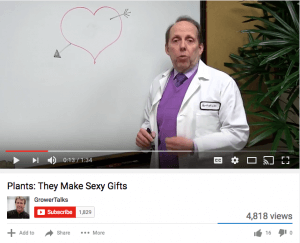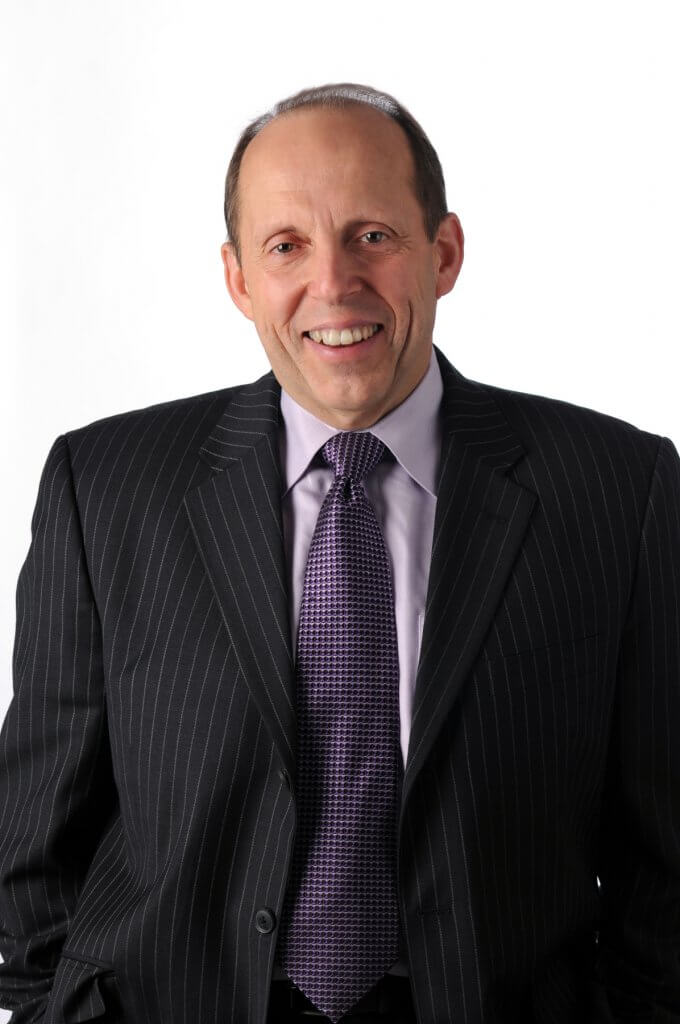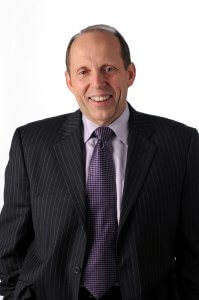A leader in the floral industry was recently appointed to the National Agricultural Statistics Service.
Florist 2.0 caught up with Dr. Marvin N. Miller, AAF, hortistician at Ball Horticultural in West Chicago, Illinois to learn a little about his new post, his career highlights, his reflections on how floriculture has changed over the years, and his thoughts on its future.
F20: For the uninitiated, what is the National Agricultural Statistics Service?
MM: These are the folks who develop, administer, and disseminate results of surveys on many of the agricultural commodities produced by US agriculture. Many of the surveys relate to commodities traded on the Futures Market exchanges for which there are subsidy programs in place (e.g., corn and soybeans or cattle and hogs). Others are for commodity areas for which there are check-off programs, like dairy. Our Floriculture Crops Summary, the Census of Agriculture, and the Census of Horticultural Specialties are also administered by NASS. Unfortunately, the Floriculture Crops Summary was not funded for 2016 data, which would have normally been released this past April 2017.
F20: Have you worked with people at the USDA in the past?
MM: I have been working with the USDA for more than 33 years, ever since coming to Ball. When I arrived at Ball in October 1983, the Floriculture Crops Summary had not been published in two years. Even though the report went back to 1956, we had no 1982 or 1983 data. My boss told me my first job would be to go to Washington and get the report reinstated. With help from the Society of American Florists, we got 1984 data, but it took years of work improving the methodology, the questionnaire, the data collection procedures, and even the response rates to get the report to where folks in the industry felt the data were of help. And thanks to many industry firms and organizations, USDA was able to improve the list of folks who received and responded to the questionnaires.
F20: Did the appointment surprise you?
MM: I was a little surprised, because my name has been submitted for consideration for a number of years. Representatives from SAF, AmericanHort (previously the American Nursery and Landscape Association), and the American Society of Horticultural Science have all written letters of recommendation.
F20: What drove you to a career in horticulture?
MM: I was exposed to horticulture first by my father and his mother as a child in Baltimore. When I was only six or seven, he took me to the garden where we planted tomatoes by the side of the house we rented. After a few years in that house, my parents bought a new house, and part of my responsibilities included helping my dad with the yard work. In time, I took this over almost completely. At the same time, I recognized that even in the inner city where the backyards were 100% concrete—where my grandparents lived and where my Dad had been raised—you could still enjoy plants. My grandmother had turned several older (cooking) pots into planters and had a row of them with sedums in her backyard, which was 100% concrete.
I received a B.S. degree in Horticulture and an M.S. degree in Agricultural Economics from Purdue University, and then went to the University of Florida for a Ph.D. in Food and Resource Economics. I’ve been at Ball Horticultural Company ever since.
F20: What have been some of your career highlights?
MM: I have been fortunate to work for Ball Horticultural Company in a position that has allowed me to serve on many industry committees. I have been active in this regard almost from the beginning. I served on the SAF/USDA/American Floral Endowment New Crops Advisory Committee that worked with the USDA’s Agricultural Research Service Beltsville Floricultural and Nursery Laboratory for many years. I have represented the company on committees with SAF; Bedding Plants, Inc.; the University of Illinois; Purdue University; Cornell’s Seeley Conference Board of Directors; OFA; AmericanHort, American in Bloom, Communities in Bloom, and the American Horticultural Society. I am now also serving on the Boards for SAF, AFE, and America in Bloom. I have enjoyed most of these assignments tremendously, as they have allowed me to meet and work with some of the best people in our industry.
F20: What strikes you as some of the biggest changes since you started your career?
 MM: Floriculture has changed dramatically over the years. When I first came to Ball, statistically, our #1 industry segment was foliage. Bedding/garden plants were #2, followed by cut flowers, and then potted flowering plants. Today, bedding/garden plants are our #1 segment, but growth in this segment is no longer happening. Until we can convince the consumer that flowerbeds are once again trendy, I don’t think we will move the needle in a positive direction again. And I don’t think we can support that notion only because plants are pretty. (Editorial aside: While president of American in Bloom in 2012, Miller starred in a delightful series of videos titled “Plants…they’re more than just pretty.” Check them out on the Growers Talk YouTube channel.) Instead, we need to tap into the emotional reasons SAF has uncovered in its research (that people feel good about both giving and receiving flowers arrangements) and show that they apply to the garden as well. For instances, including flowers in my landscaping screams that I care about my yard, my home, and even my neighborhood. Flowers make me feel good, not only when I’m in the yard, but also every time I come and go. My flowers make my neighbors feel good, too! And they don’t hurt my property values either! We should consider this functional approach whether we’re talking about cut flowers, bedding/garden plants, potted blooming plants, or foliage. There are reasons beyond pure aesthetics that these products have value.
MM: Floriculture has changed dramatically over the years. When I first came to Ball, statistically, our #1 industry segment was foliage. Bedding/garden plants were #2, followed by cut flowers, and then potted flowering plants. Today, bedding/garden plants are our #1 segment, but growth in this segment is no longer happening. Until we can convince the consumer that flowerbeds are once again trendy, I don’t think we will move the needle in a positive direction again. And I don’t think we can support that notion only because plants are pretty. (Editorial aside: While president of American in Bloom in 2012, Miller starred in a delightful series of videos titled “Plants…they’re more than just pretty.” Check them out on the Growers Talk YouTube channel.) Instead, we need to tap into the emotional reasons SAF has uncovered in its research (that people feel good about both giving and receiving flowers arrangements) and show that they apply to the garden as well. For instances, including flowers in my landscaping screams that I care about my yard, my home, and even my neighborhood. Flowers make me feel good, not only when I’m in the yard, but also every time I come and go. My flowers make my neighbors feel good, too! And they don’t hurt my property values either! We should consider this functional approach whether we’re talking about cut flowers, bedding/garden plants, potted blooming plants, or foliage. There are reasons beyond pure aesthetics that these products have value.
F20: In addition to your volunteer positions, you’ve been a dedicated lobbyist. What advice do you have for growers, wholesalers, and florists who want to help the industry as a whole?
MM: I am guessing I have now been to at least 30 of SAF’s Congressional Action Days. I attended my first one either the second or third year with Ball. Once I began, I’ve only missed it once. But making yourself known to your legislators should not be a once-a-year endeavor. Instead, it should be a year-round effort. Try to meet your legislators when they are home in your district, when they are making other appearances or speaking at various functions. Meet them at their district offices and/or invite them to your office. And communicate regularly. The smart ones will write back, even if they are sending form letters thanking you for writing. I hear back from our veteran Illinois Senator sometimes months after I’ve written, but I do hear back, and I honestly believe he cares about what his constituents are thinking.


